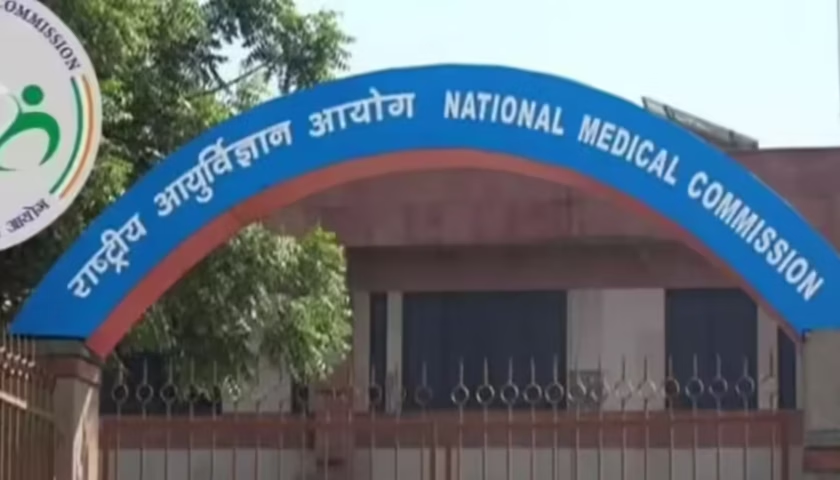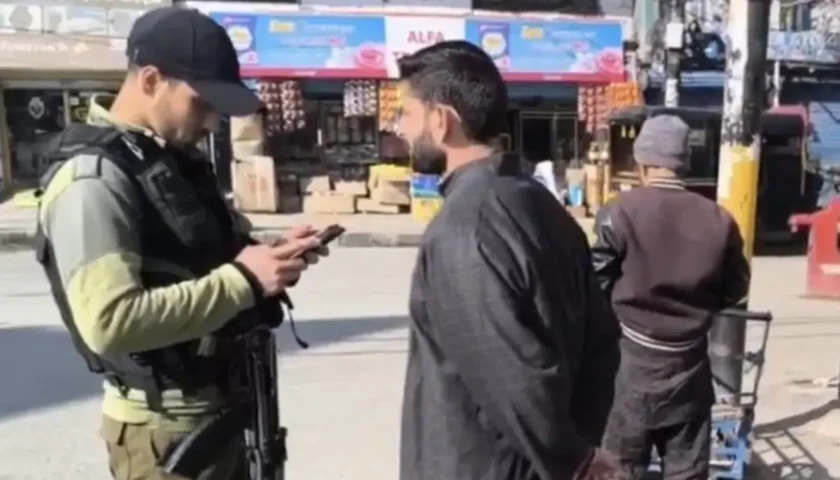Between a Ballot and the Books of Law
By: Javid Amin | Srinagar | 25 June 2025
As Jammu and Kashmir inches closer to regaining its statehood status, a fundamental debate has emerged: Should fresh elections be held once the region transitions from a Union Territory (UT) to a state? Or is the existing 90-member Legislative Assembly, formed under the J&K Reorganisation Act, 2019, sufficient to serve as the legitimate state assembly?
The question is more than procedural—it cuts to the core of democratic legitimacy, constitutional interpretation, and political strategy. This editorial unpacks the legal, political, and historical dimensions of this dilemma that now grips one of India’s most politically sensitive regions.
The Legal Crux: Article 168 vs Article 239A
To understand the Jammu and Kashmir statehood dilemma, one must explore the constitutional framework:
- Article 168 of the Indian Constitution lays down the provision for legislatures in states, highlighting their enhanced autonomy and legislative capabilities.
- Article 239A, in contrast, offers a mechanism to create legislative assemblies for Union Territories, which operate under significantly reduced powers, especially concerning “public order” and “police”, which remain under central control.
The shift from a UT governed under Article 239A to a full-fledged state governed under Article 168 raises a natural question: Does this change require fresh elections to ensure democratic legitimacy and legal consistency?
Expert Voices: The Constitutional and Political Interpretations
DC Raina: Residuary Powers and Constitutional Flexibility
D.C. Raina, a veteran legal expert and former Advocate General of Jammu & Kashmir, provides a nuanced view. He emphasizes that:
“There are residuary and transitional provisions. It depends on what time, what period remains, and it will be seen at the relevant time.”
He refers to the J&K Reorganisation Act, 2019, which includes sections on the “removal of doubts”, indicating that Parliament retains the power to decide the procedural path of such a transition.
According to Raina, the timing, political intent, and transitional law provisions will play a critical role. The Constitution, he suggests, allows room for both interpretations—fresh elections as a democratic necessity, or legal continuation under amendment.
Legal Precedents and Historical Comparisons
Legal analysts often point to Himachal Pradesh’s transition in the 1950s, arguing that a similar transformation didn’t necessitate new elections. However, experts like Gopal Sankaranarayanan and Rakesh Dwivedi caution against this comparison:
- Himachal Pradesh was integrated as a state under the States Reorganisation Act, 1956, not through a unique legislative act like J&K’s Reorganisation Act, 2019.
- The constitutional and territorial context of J&K is vastly different, especially post-abrogation of Article 370 and creation of two separate UTs (J&K and Ladakh).
The uniqueness of J&K’s case demands tailored constitutional interpretation rather than reliance on historical analogies.
The Democratic Argument: Why Fresh Elections May Be Necessary
Even though the Constitution does not explicitly demand fresh elections post-transition, many argue that they are essential for democratic legitimacy. Here’s why:
- Restoration of Powers: A state legislature has greater legislative autonomy. Continuing with a UT-elected assembly may be seen as undermining the spirit of federalism.
- New Mandate: Voters chose their representatives under a different set of powers and expectations. A fresh election would reflect the changed political reality.
- Public Confidence: Fresh polls can help rebuild public trust in institutions, especially in a region where democratic processes have been interrupted and contested.
Government’s Legal Position: Strategic Ambiguity
Sources in the North Block indicate that legal experts consulted by the Centre believe an argument can be made in favor of continuing the current assembly without new elections, by simply amending the J&K Reorganisation Act. This interpretation is:
- Legally feasible, but
- Politically contentious
A senior political analyst put it succinctly:
“Can the Centre dissolve the Assembly as a part of the restoration of statehood? Yes. Should they? Perhaps not. Will they? That’s a political decision.”
The government appears to be maintaining strategic ambiguity, weighing political optics against legal maneuverability.
Section 13 and the Reorganisation Act: The Technical Backbone
Section 13 of the J&K Reorganisation Act, 2019 is central to the debate. It applies Article 239A to Jammu and Kashmir, thereby establishing the UT Legislative Assembly.
If the Centre decides to restore statehood, it could:
- Amend Section 13 to remove references to Article 239A
- Add a new section incorporating Article 168, thus allowing the UT assembly to morph into a state legislature
But would that meet the democratic threshold? Legal yes, but politically fraught.
Opposition View: National Conference and Beyond
The National Conference (NC) has publicly argued that fresh elections aren’t legally necessary. However, insiders suggest that even they would not oppose elections if:
- They were conducted transparently
- The timeline for statehood restoration is clearly announced
Opposition parties like the PDP and Congress have called for a time-bound roadmap for statehood, with elections as part of a confidence-building exercise.
Public Sentiment: Fatigue and Expectation
Years of uncertainty following the revocation of Article 370, political detentions, and centralized governance have created a climate of fatigue and skepticism among the people of Jammu and Kashmir.
A fresh election under the full status of statehood could:
- Renew democratic engagement
- Offer a fresh start for political players
- Legitimize institutions in the eyes of the people
The Big Question: Will the Centre Call Fresh Elections?
This remains the central political mystery. Analysts identify three possible scenarios:
- No Fresh Elections: Transition the current UT Assembly into a state legislature by amending the Reorganisation Act.
- Full Fresh Elections: Dissolve the existing assembly and announce statehood elections.
- Hybrid Approach: Allow the Assembly to continue temporarily and schedule elections within a defined timeframe.
Each option comes with political trade-offs, legal interpretations, and public reactions.
Bottom-Line: The Fork in the Road
The Jammu and Kashmir statehood dilemma reflects the tensions between constitutional legality, democratic necessity, and political strategy. The Centre must weigh the costs of legal expedience against the benefits of political legitimacy.
Fresh elections may not be strictly required under the law, but they might be vital for restoring faith in democracy. In a region where political identity is deeply intertwined with constitutional status, the means matter as much as the end.
As the narrative of Jammu and Kashmir’s political future unfolds, one thing is certain: The road to statehood is not just legal—it’s deeply political, profoundly symbolic, and inherently democratic.




